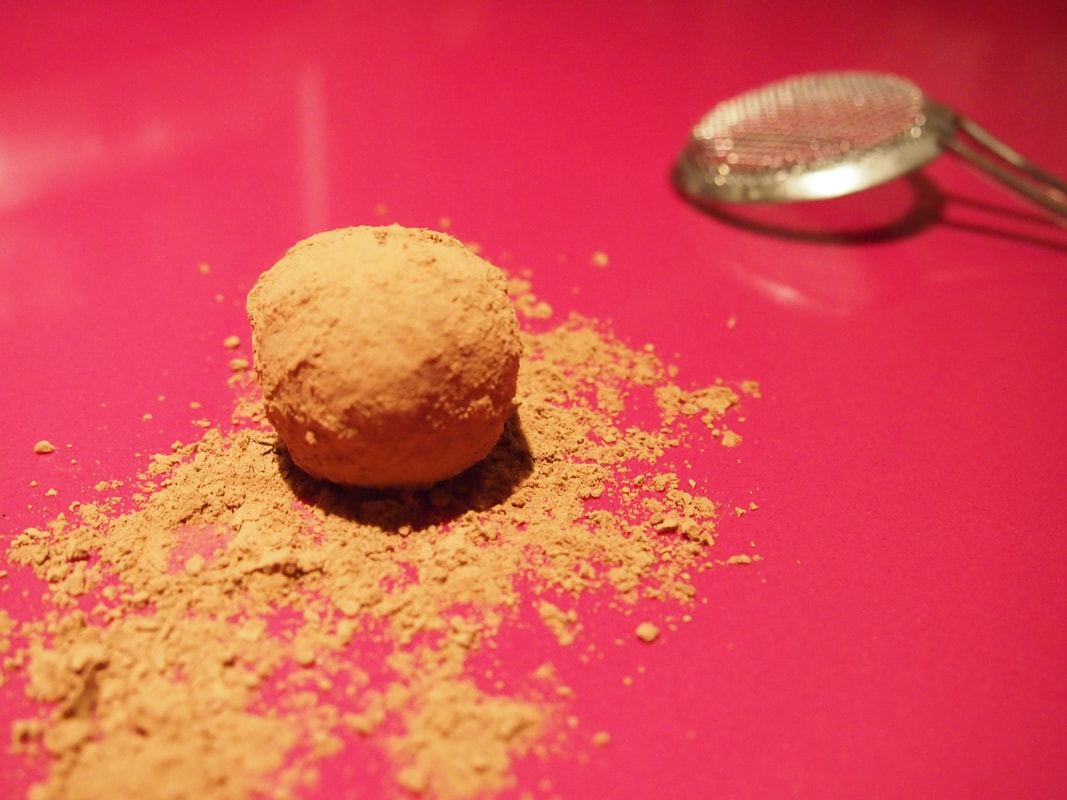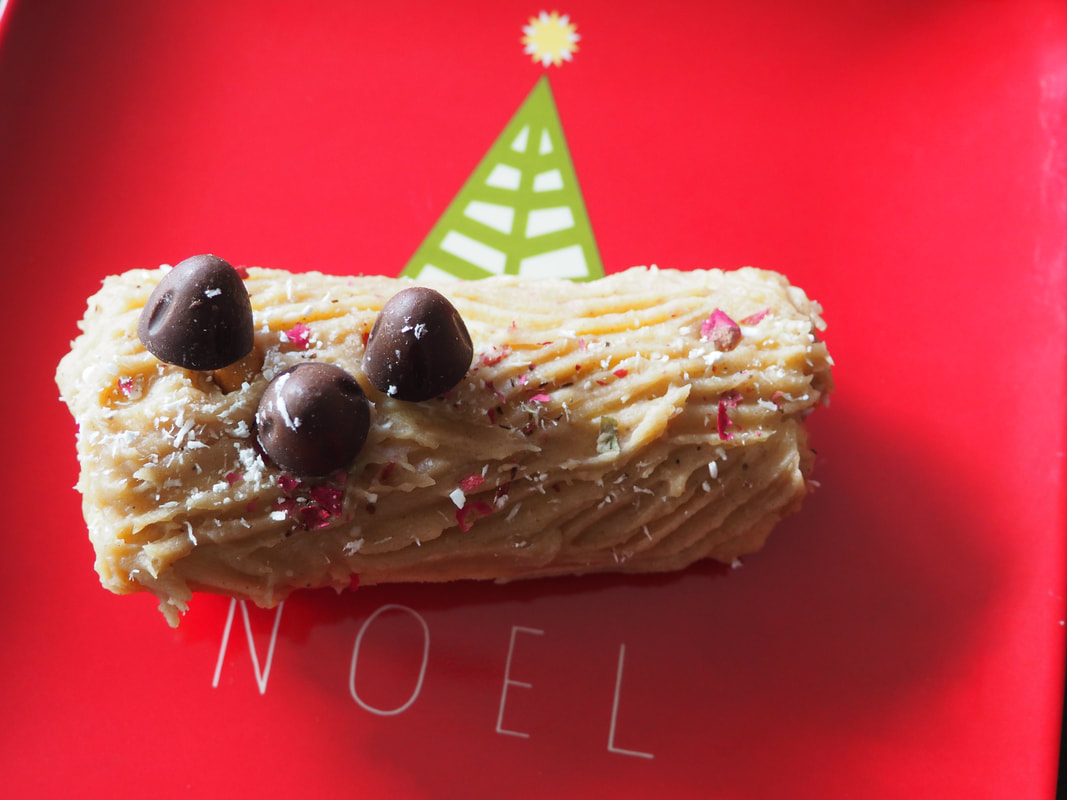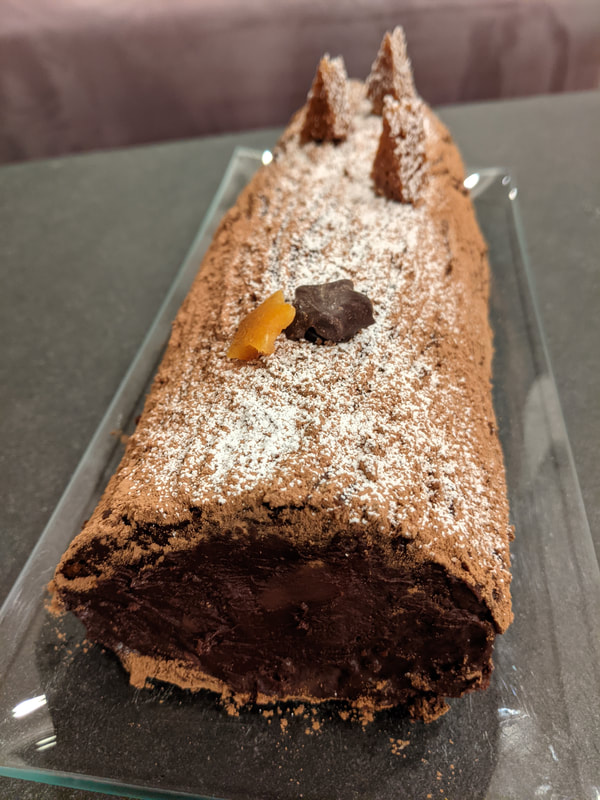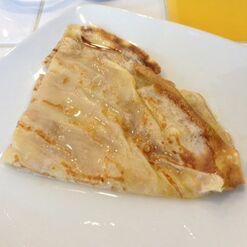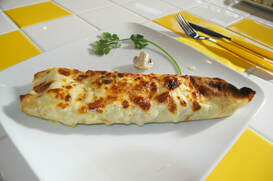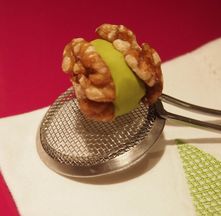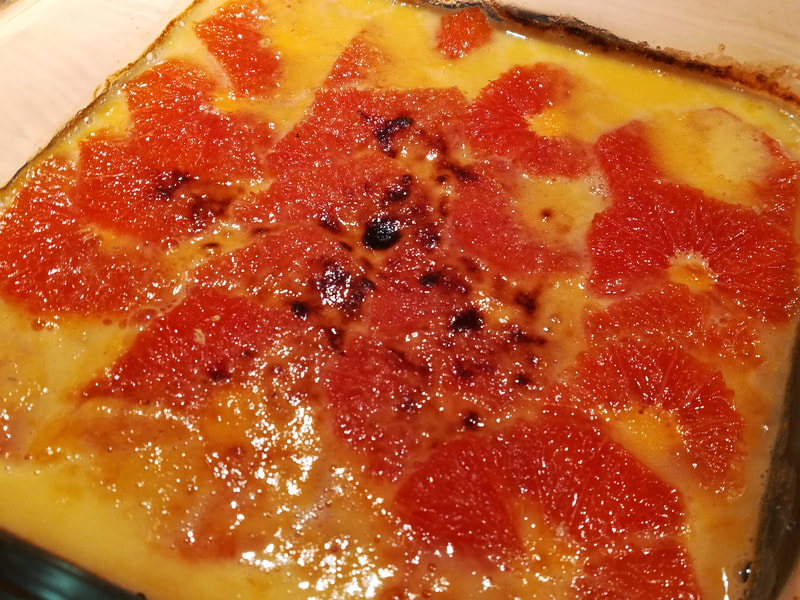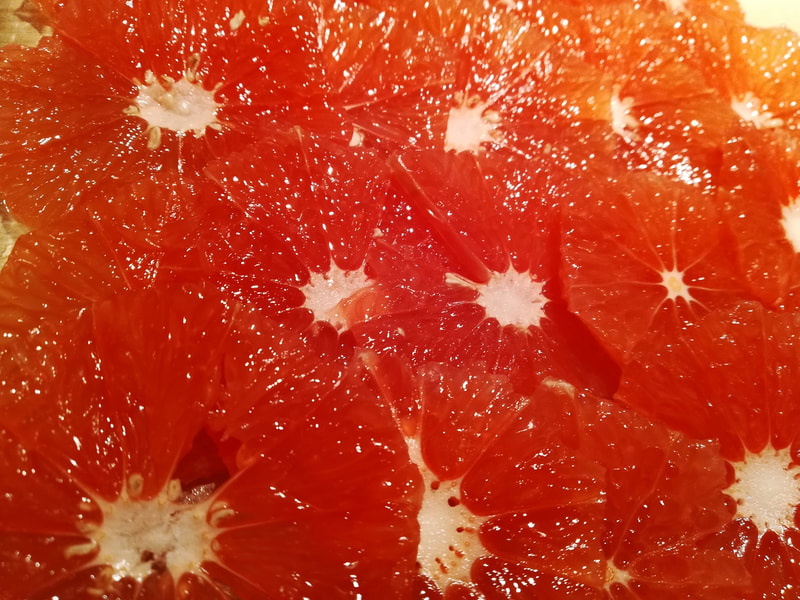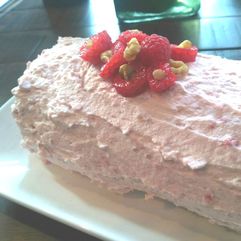To get the same look than on the picture place an elastic band on the eggs before coloring them and open the filling hole on the bottom rather than on the top so the eggs look whole... Requires patience but nice effect.
You might wonder what to do with the remaining peeled citrus ? Here are a few ideas... With the remaining citrus flesh make a citrus gratin: thin slices covered with a sabayon made with wine or citrus juices (2 egg yolks whisked in a double boiler with the liquid of your choice).
With the remaining tempered chocolate make little chocolate moulages... fun! And with the remaining candied peels, roll them in sugar and eat them just like that... |
|
||||||||||||
